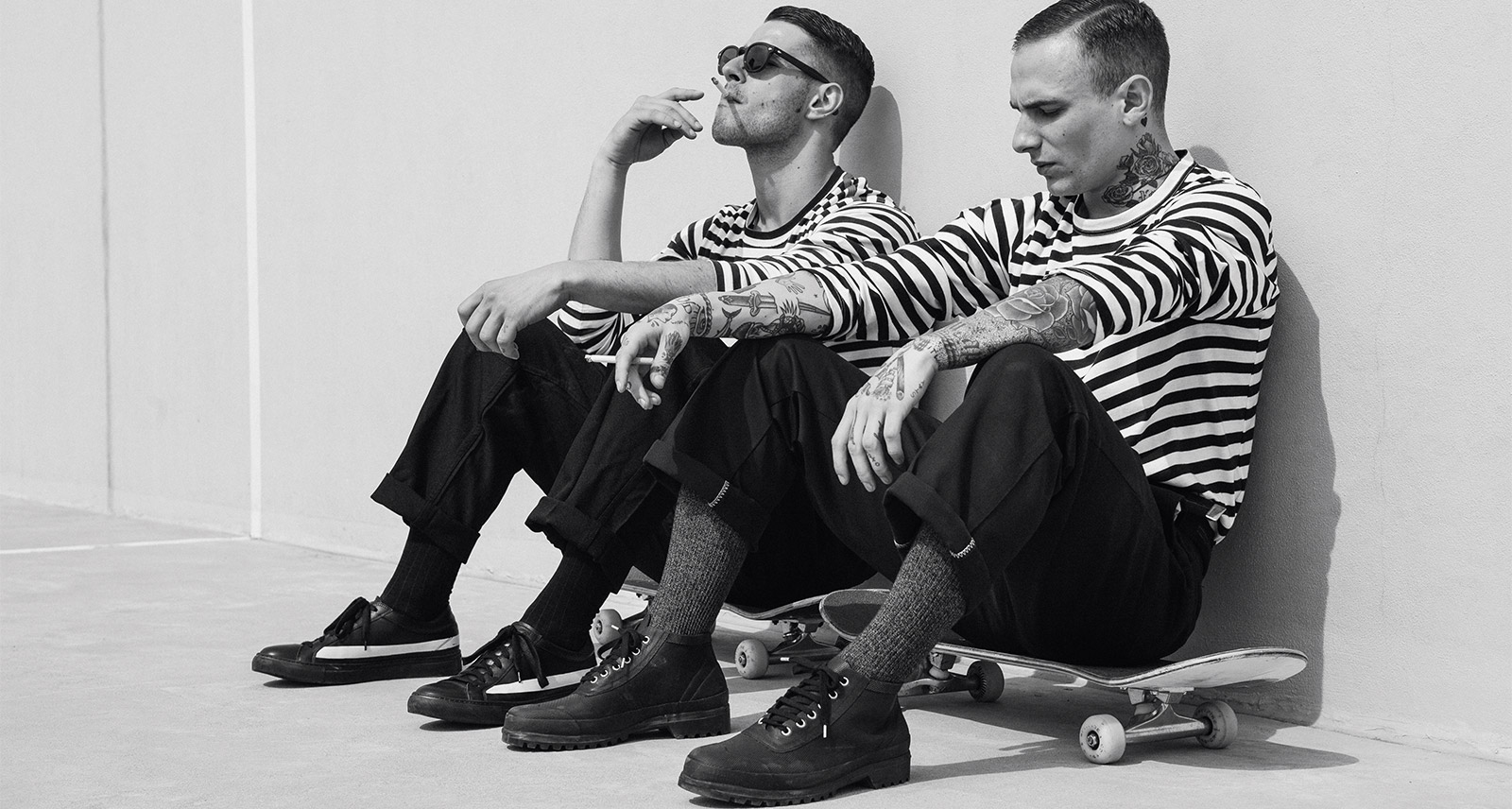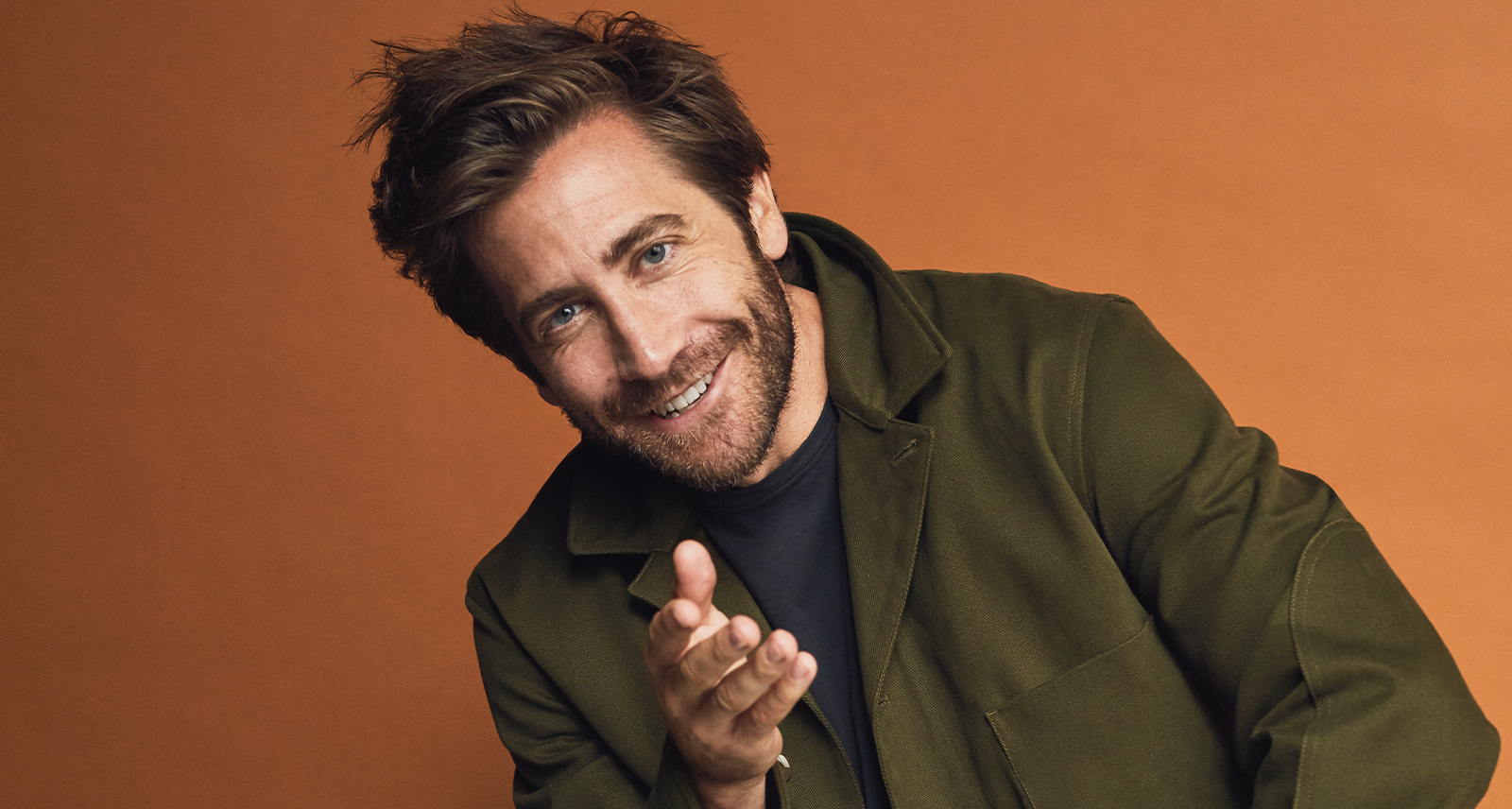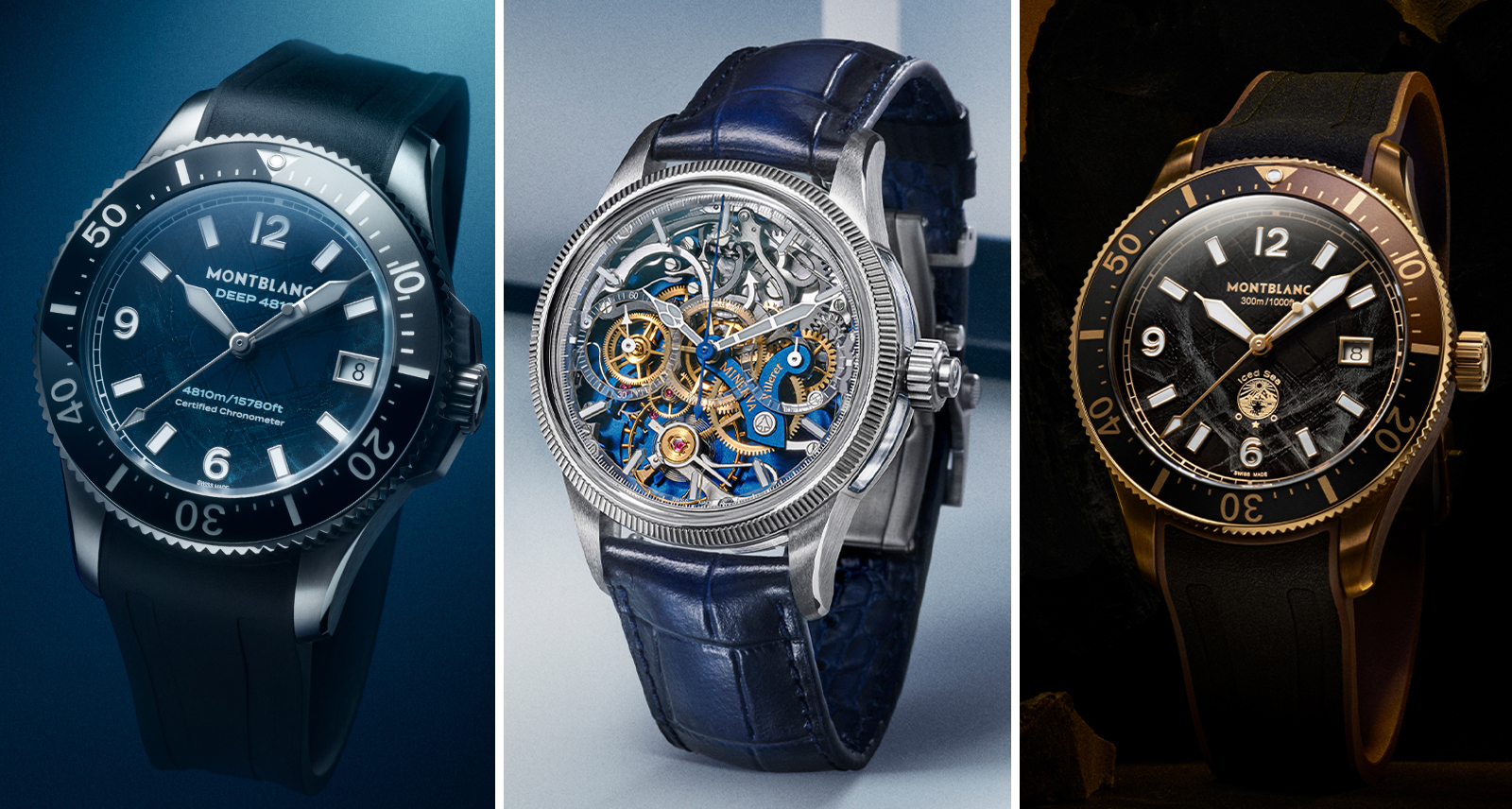Phaidon’s Stylish New Tome Honours the 500 Greatest Names In Menswear
Phaidon’s new coffee table book The Men’s Fashion Book charts menswear’s precipitous rise over the last 200 years with an alphabetical compendium of the 500 most influential brands, photographers, icons, retailers, and others who have shaped men’s style. The world’s most comprehensive tome devoted to men’s fashion arrives at the height of menswear’s cultural relevance. (Look no further than Virgil Abloh’s influence and impact.)
The men’s fashion editor of The Wall Street Journal’s Off Duty section, Jacob Gallagher, wrote the introduction and several of the book’s entries, whittling the list down from nearly 800 names. We caught up with Gallagher over Zoom to talk about the book, the most influential figures in men’s fashion, and why menswear is in its choose-your-own-adventure era.
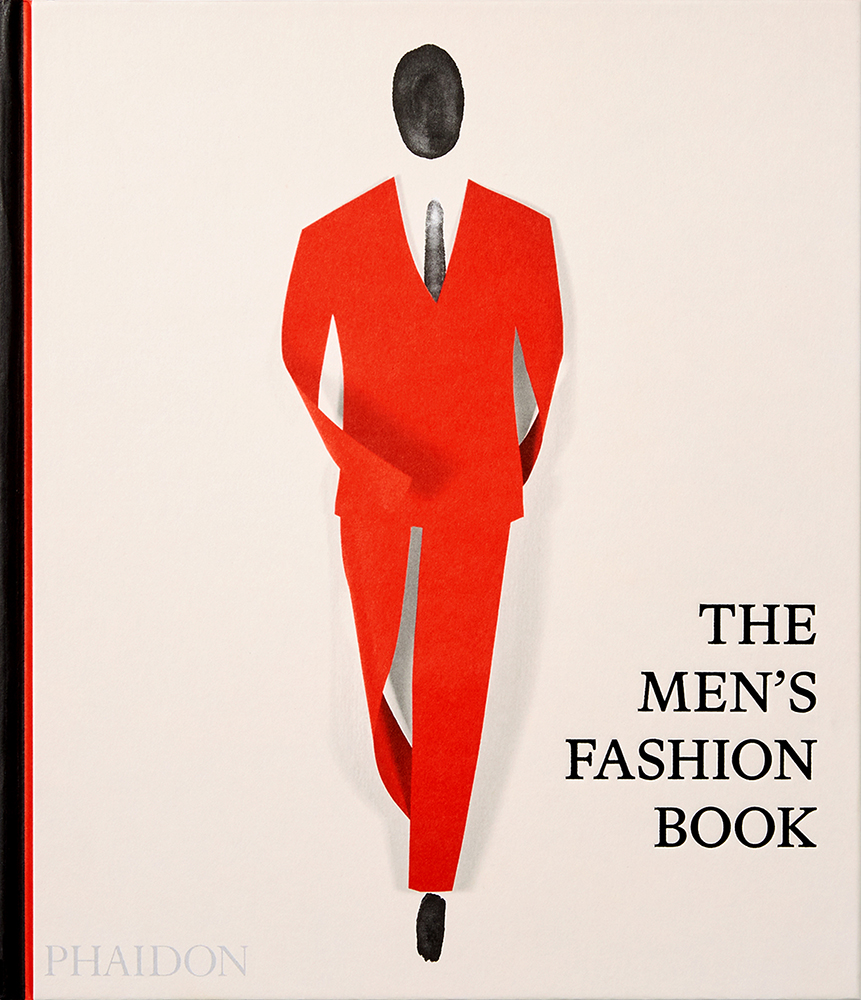
Can you tell me how you got involved with the book?
I got in touch with Phaidon and through my wife’s mother who owns an antique store just about an hour outside of [New York City]. One thing led to another, and I met with them. I think they had this idea for The Men’s Fashion Book. The Fashion Book has been part of their catalog for many, many years; I think bordering on two decades now. The book comes from a perspective that kind of assumes that womenswear is the driving force of fashion, and they’ve updated it a few times incorporating more male names in there. But they really wanted to do a book that was primarily focused on men’s fashion. In the past several years the conversation within fashion has really been guided by menswear in a lot of ways.
Menswear designers are really propelling the conversation forward. A lot of the trends are coming out of menswear and these designers’ approaches are reshaping what fashion is. We got together and I thought it was a brilliant idea to do this encyclopedic approach. I went home and started putting together a list of names and that list, at one point, was up towards 800 names. We went back and forth and got it down to somewhere [around] 300, and then we beefed it back up to the 500 names that it is today.
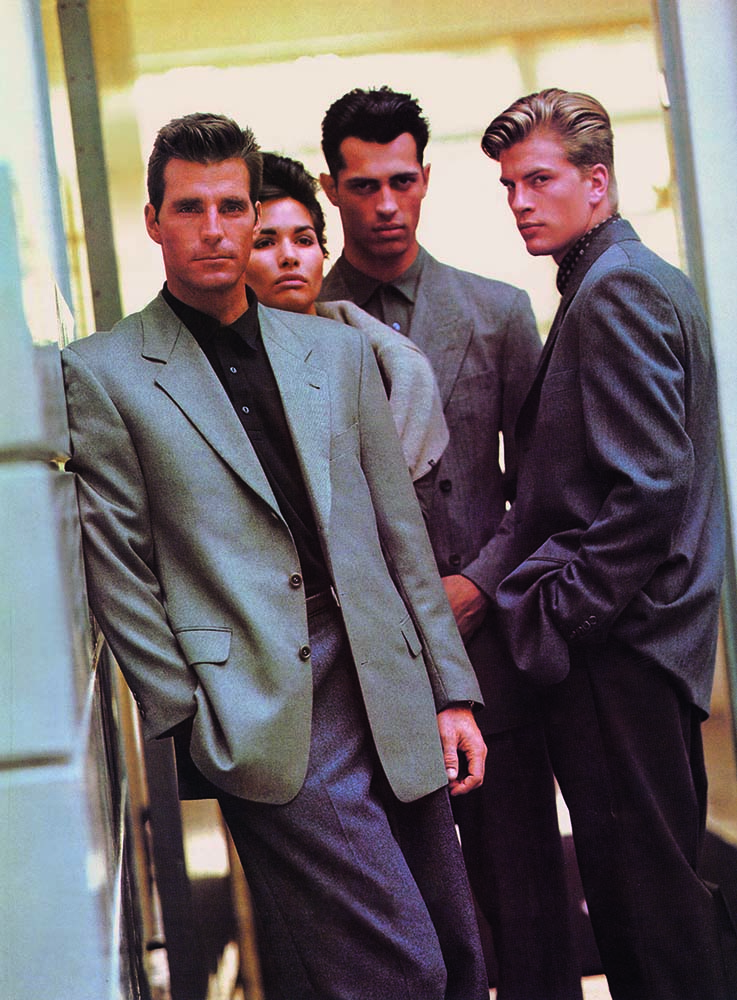
What about this moment inspired the book?
I believe menswear is extremely important and has cultural value. I pay very close attention to it. I think that from Phaidon’s perspective this book bears out in the market and shows that they are paying attention to what’s happening in fashion right now. Names like Kim Jones, Virgil Abloh, and Jerry Lorenzo are really guiding where fashion [is today] in a lot of ways. I think that there’s just a lot of excitement around men’s fashion right now and around this idea that both men [and women] can be unapologetically indulgent in how they dress. But I also just think it’s this idea that, you know, a lot of what we once thought of as by the book — you dress this way, you go buy a suit, you go buy a sweater — even those things, tailoring and knitwear, [are being rethought].
The language of menswear, those things that once were thought of as rote are now really being reassessed and appreciated as things that are quite creative. Today, men’s fashion is getting its due now in a lot of ways, whereas previously it was just viewed as a commodity that you purchase.
What names, or even images or moments from the book, really resonated with you? Who do you think was prescient?
There are so many names. There were names that I personally really wanted to write like Rei Kawakubo and Comme [des Garçons], Supreme, and Stussy. Something I’ve been thinking about a lot, as I’ve kind of been working through the book, is that in menswear we’ve seen this strong desire to separate high fashion and streetwear. It’s funny that this idea of what is streetwear is still this conversation, whether or not it’s a term that people should use, or if it’s appropriate to use and if it’s a slight to use. I was just going through old press clippings about Stussy and, as early as the late ‘80s, Shawn is talking about people calling it street fashion and he was like “I don’t know what that is, this is just clothes people wear”, and that’s coming frankly from a white guy from California.
We’ve always been trying to separate [streetwear] from high fashion, separate it from the runway. When you look at someone like Rei Kawakubo, the runway is [definitely] fantasy but the Comme business is also shirts and suits, things that you could wear on a daily basis. I love talking about Shawn Stussy and Rei Kawakubo in conversation because [Stussy] loved Comme. When he was designing Stussy, he was wearing a lot of Comme, and I think that all that stuff is always bouncing back and forth. Of course, I also think that [the division between streetwear and high fashion] can be limiting.
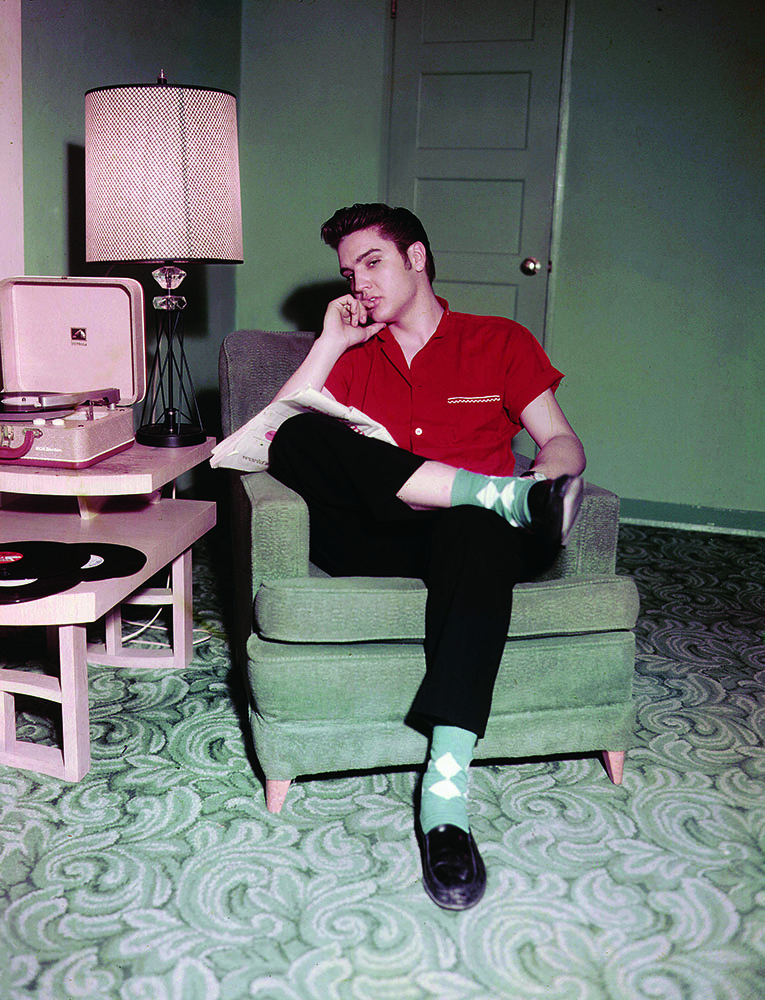
We really wanted to have contemporary names in the book [as well]. I was very glad to put in someone like Emily Bode, who, I think in a very short period of time, she’s had a significant, seismic impact on how we talk about clothing and this idea of what American style might be going forward. I love the way that she has completely leaned into our nostalgia, which is a very American thing to me, and repackaged it through pure craft. Those clothes I think, in silhouette, are not that elaborate, but in look they’re really giving men personality. I think that it’s a great way to Trojan Horse men into embracing colour and pattern. She’s giving them something like the chore coat silhouette or straight leg pants, and then giving it to them in these really extravagant yet comforting patterns.
How would you describe the current moment?
I think describing this current moment is the easiest thing. I think we are in the choose-your-own-adventure moment. You can walk down the street and see people dressing in all manner of ways and men dressing in all manner of ways [which is] really a reflection of the erosion of judgment of your peers, or of your workplace or what have you. You’re able to say “well, I’m going to wear what I want”. That’s where I think we are.
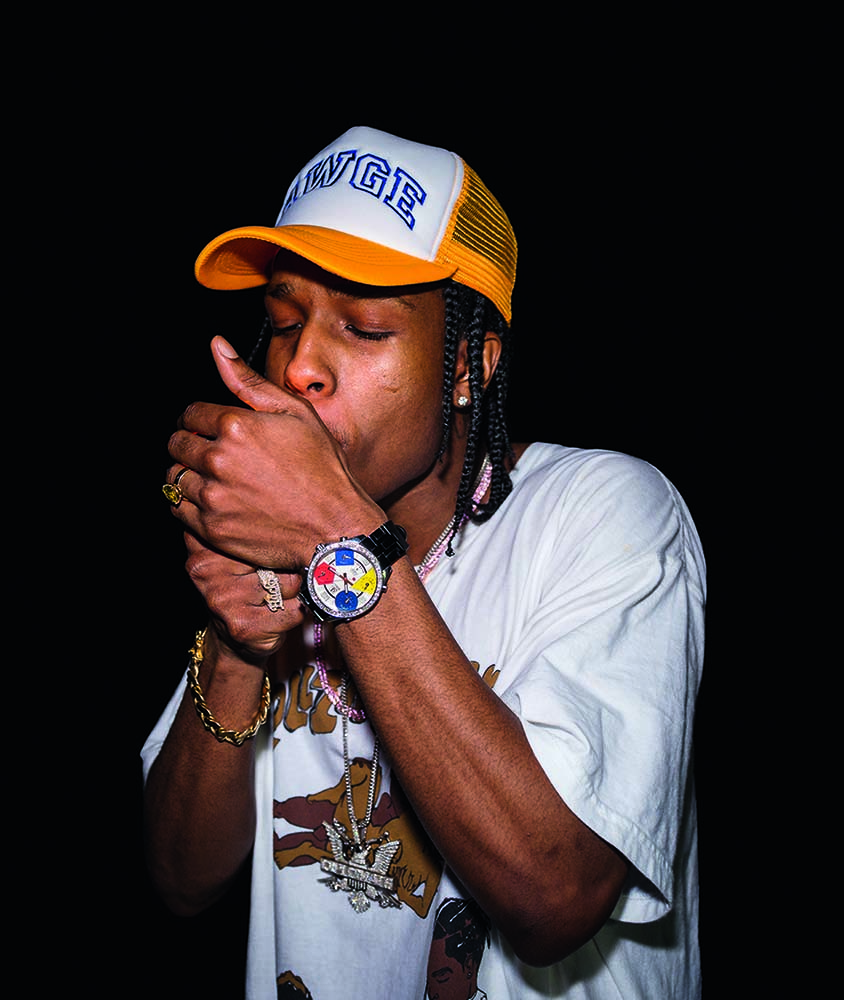
If there’s no dominant style movement now, where might we be going?
That’s a hard question to answer. I think if we were speaking and the pandemic had not occurred, my answer might have been that we would have seen a shift back toward minimalism and formality.
I do think, long term, that we will probably head back towards some kind of formalism and minimal [but it won’t] be this kind of heritage-y look. I think it might be more of a luxury minimalism, which is to say, a more of Jil Sander-esque, Helmut Lang-esque, Margiela-esuqe minimalism. People now have comfort in buying clothes that are a little bit more look-forward, if you will. I don’t think we’re going to go back to white t-shirts and jeans.
At the same time, I think men will continue to get more comfortable with expression and extravagance — a loud printed jacket, very swishy, double pleated pant, or chunky soled boots. I think that that’s going to just add to people saying “Well, I’ll be whoever I want to be through my clothing”.
